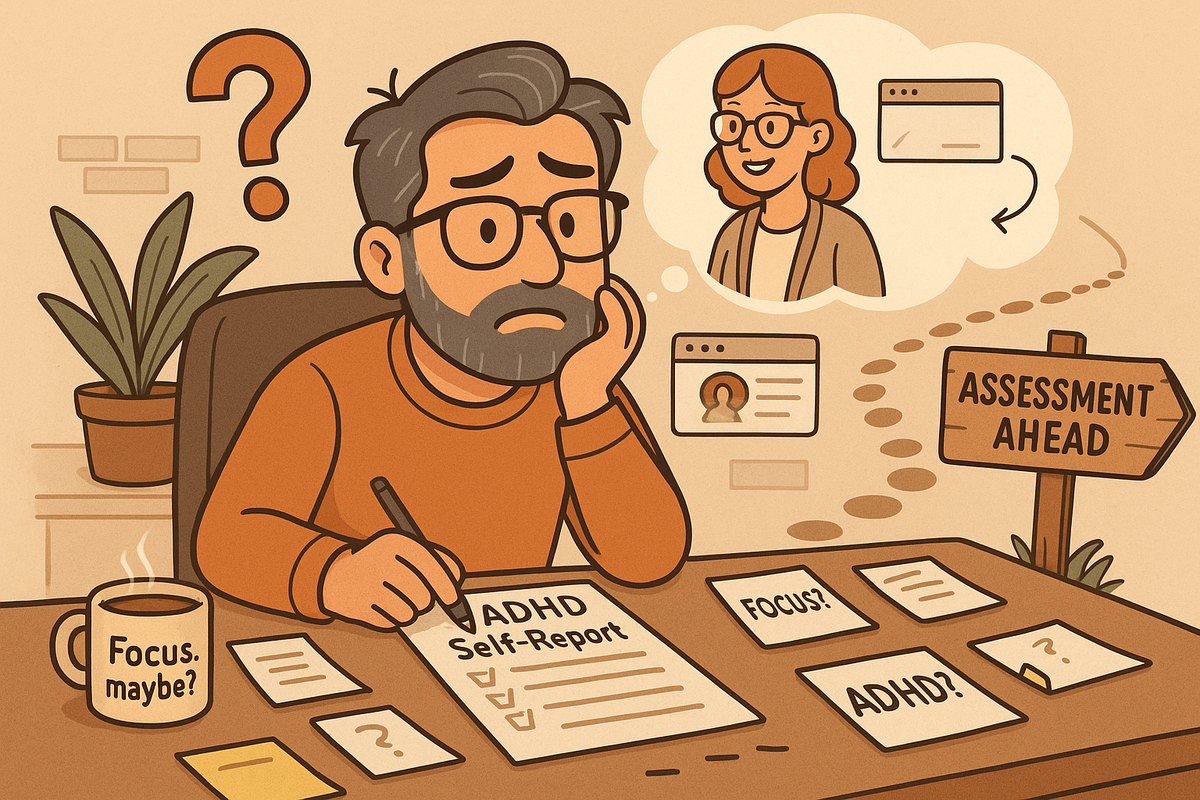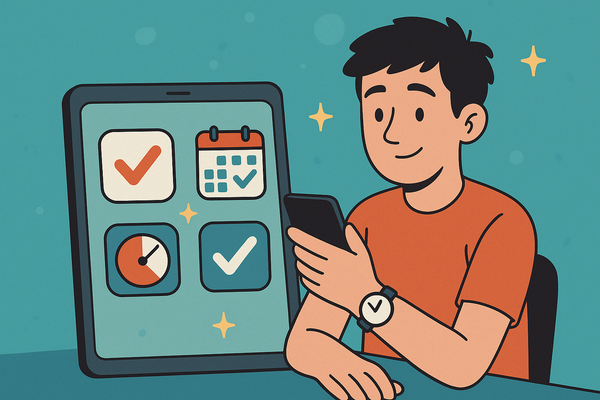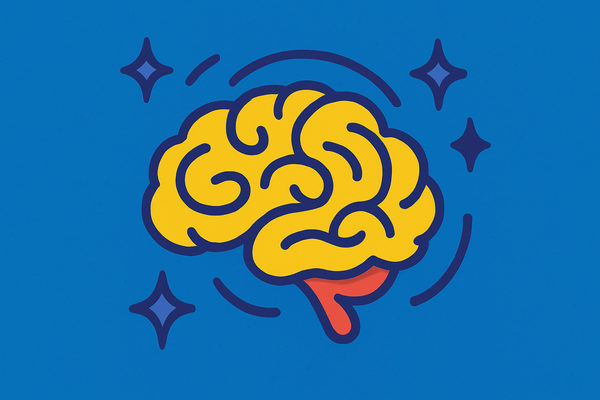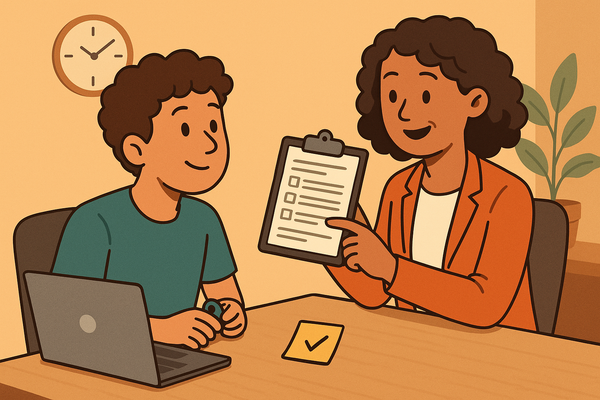How I Found the Right ADHD Assessment Tool (And How You Can Too)

When I first started wondering whether I had ADHD, I did what most people do, I opened up a dozen browser tabs, took five different online quizzes, and ended up more confused than when I started.
Some of the questions felt oddly specific. Do you often find yourself fidgeting with objects? Others felt too vague. Do you have trouble paying attention? (Who doesn’t these days?)
It took me a while to realize that not all ADHD assessment tools are created equal and that finding a good one is less about getting a quick yes or no, and more about understanding yourself better.
Here’s what I wish I’d known when I started my assessment journey.
1. Start with Self-Screeners—but Take Them with a Grain of Salt
There are a few widely respected self-screening tools that can help you gauge whether it's worth pursuing a formal diagnosis:
- ASRS (Adult ADHD Self-Report Scale): Developed in partnership with the World Health Organization. It’s free, easy to find, and takes about 5 minutes.
- The Conners Adult ADHD Rating Scales (CAARS): Often used in clinical settings, but some versions are available online for self-assessment.
- The Barkley Adult ADHD Rating Scale: Created by ADHD expert Dr. Russell Barkley. It's longer but gives a fuller picture.
Tip: Treat these screeners like you would a mirror. Use them to see patterns, not make final calls.
2. Watch Out for Red Flags
When searching online, I came across sites that promised instant ADHD “diagnoses” for a fee. Some even offered to prescribe medication after a short video chat. That felt off to me and for good reason.
Be cautious of tools that:
- Require payment before showing any results
- Claim to offer “official” diagnoses instantly
- Push medication aggressively without a thorough evaluation
If it feels too easy, it probably is.
3. A Good Assessment Looks at Your Whole Life
When I finally saw a psychologist, I expected a long checklist. What I got instead was a two-hour conversation. She asked about my childhood, work history, sleep habits, even how I managed time. It was thorough and honestly, kind of therapeutic.
A quality assessment will often include:
- Clinical interviews
- Rating scales completed by you (and sometimes by a partner or parent)
- A look at childhood patterns, since ADHD is a lifelong condition
- Screening for overlapping conditions like anxiety, depression, or trauma
Tip: If your provider doesn’t ask about other possible explanations, that’s a red flag.
4. Finding the Right Professional Matters More Than You Think
Getting assessed wasn’t just about ticking boxes, it was about feeling seen. I went through two clinicians before I found someone who actually listened rather than just looked for symptoms to match.
When choosing a provider, ask:
- Do they specialize in ADHD (especially adult ADHD)?
- Will the assessment explore other conditions too?
- What tools and scales do they use?
- Will they provide a full written report?
Don’t be afraid to shop around. It’s your brain, you deserve someone who treats it with care.
5. What Happens After the Assessment Matters, Too
My diagnosis didn’t come with confetti or clarity. But it did give me language for things I’d struggled with silently for years. And from there, I could start learning what supports worked best for me: meds, therapy, routines, or just giving myself a bit more grace.
Assessment is a starting line, not a finish line.
Final Thoughts
If you’re on this path, you’re not alone and you’re not making it up. ADHD assessments can be confusing, but with the right tools and the right people, they can also be validating, empowering, and life-changing.
And hey, if you’re still unsure where to begin, start small. Take a screener. Talk to your doctor. Ask a friend for a recommendation. Then take the next step. One at a time.
That’s how I did it.




